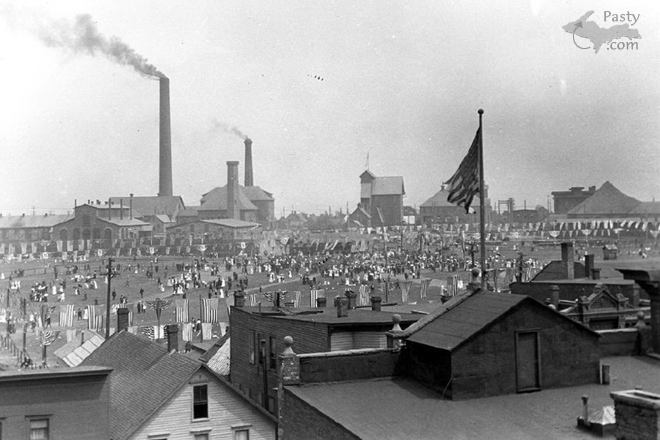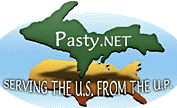By Helen (Heleninhubbel) on Tuesday, September 6, 2005 - 05:09 am:
The history and people of this area continue to amaze me. I really became interested in the history of the U.P. while helping my dear friend Mary Long go thru her family home, after her parents were gone, in order to move into it. I had the privilage of caring for her mom years earlier and learned Mary's father's family had lived in Eagle River since about 1846. Her dad Alan Long must have saved everything!!! As his parents and Aunts died, their houses became his. His family owned the original Jail in Houghton County, the Post office, and several homes.......the pictures and information Mr Long kept are remarkable.......History became alive for me helping Mary go thru family treasures.
I love reading the information in this web sight. I love seeing the old postcards......and I love all of you!!!



